Model: Amanda Steinken
When the sun came shining, and I was strolling
And the wheat fields waving and the dust clouds rolling
As the fog was lifting a voice was chanting
This land was made for you and me
But is it? ...
I started thinking about that song last night while I was lying awake in the camper trailer. We are living on someone else's land. And even though we feel a lot of freedom from the people we rent from, we still have to be considerate of what we do and how we use their land. It's not our land, even though it is the best land we've ever lived on and the thought of leaving it pains us.
We started to look at purchasing our own land, but one of the things we had to consider was if it would become more of a financial burden. Down payments and interest rates are higher for land loans than for mortgage loans, and can range somewhere between 20-50 percent.
So the idea of buying raw land and building on it may not be financially in our best interest. Right now, it makes more sense to buy land that already has a house on it even if we don't intend to live in it right away.
As I went walking I saw a sign there
And on the sign it said "No Trespassing"
But on the other side it didn't say nothing
That side was made for you and me
People ask why we haven't started the tiny house project yet, and as you can see it's not so easy when you're toying with building on someone else's land vs. buying on your own. I can't help but feel like I'm letting people down. When you start a business, organization or movement, like we have, you intend on setting a goal and fulfilling it. We still intend to follow through, but we've learned a lot along the way that have prepared us to take our time with it.
When we moved into a camper trailer almost six months ago, we thought it would be move-in ready. Perhaps we were just a little too excited and naïve at the time. The first month was filled with small steps toward feeling comfortable and secure. Greg had to work fast to create insulation and radiant barrier blocks for the windows so that we could stay warm at night. We had to setup our electricity and WiFi (cords that run almost 200 feet from the house on the land we are renting from). We had to find a full-sized refrigerator that we could store outside.
Little by little, like the insulation tiles that fit into our windows, the tiny camper trailer came together. But like any house, there are still projects to be done.
For example, I broke our skylight a few weeks ago when we were doing a photoshoot—a honest mistake, but one I didn't realize would have future implications. A week later, while Greg was sleeping, he awoke to a stream of water coming from the roof. The snow had started to melt and was coming through the cracks of the skylight.
I wish I had a photo of this, but I was too frozen in the moment to know what to do at the time. This little incident made us fully realize how close we are to nature. We can hear every raindrop that falls on the camper from all angles. When the sun shines during the day, the camper warms up and glows.
We are already a part of the tiny house movement. And when I say, "tiny," I really mean it. 140 square feet of tininess. But some people don't see the camper trailer as a "home" like they do a tiny house on wheels. I think that's one problem with the tiny house movement currently. A house can't be a house unless it looks like one, right?
Home is where the music lives.
Camper trailers and RVs are homes for a lot of people in the tiny house movement. We are less recognized because our homes come in all spaces and sizes.
We are struggling to figure out ways to save money so that we can someday build a tiny house, one that would be larger than the one we already live in. But first we have to take care of the house we live in. We have to make wise decisions on where we are going to build it, what it's going to look like, its mobility and size. Buying land with a house that we can rent out while we live in the camper trailer and build a tiny house is an idea we are feeling good vibes with right now. We just need to save a little more and find that perfect fit before we can get started.
But until then, we will be living on someone else's land and reaping the benefits until we find land that we can call are own.
In the squares of the city - In the shadow of the steeple
Near the relief office - I see my people
And some are grumblin' and some are wonderin'
If this land's still made for you and me.

